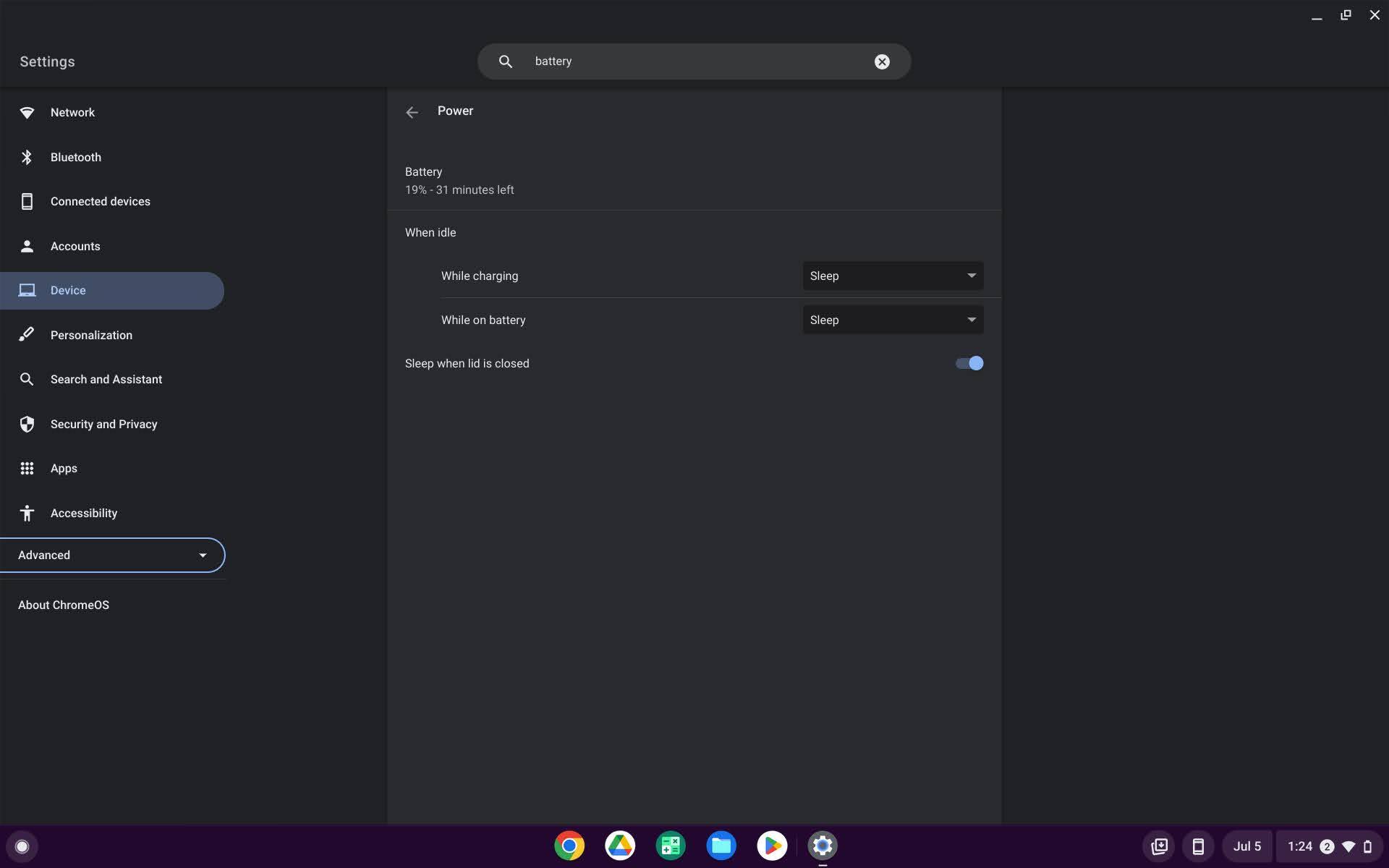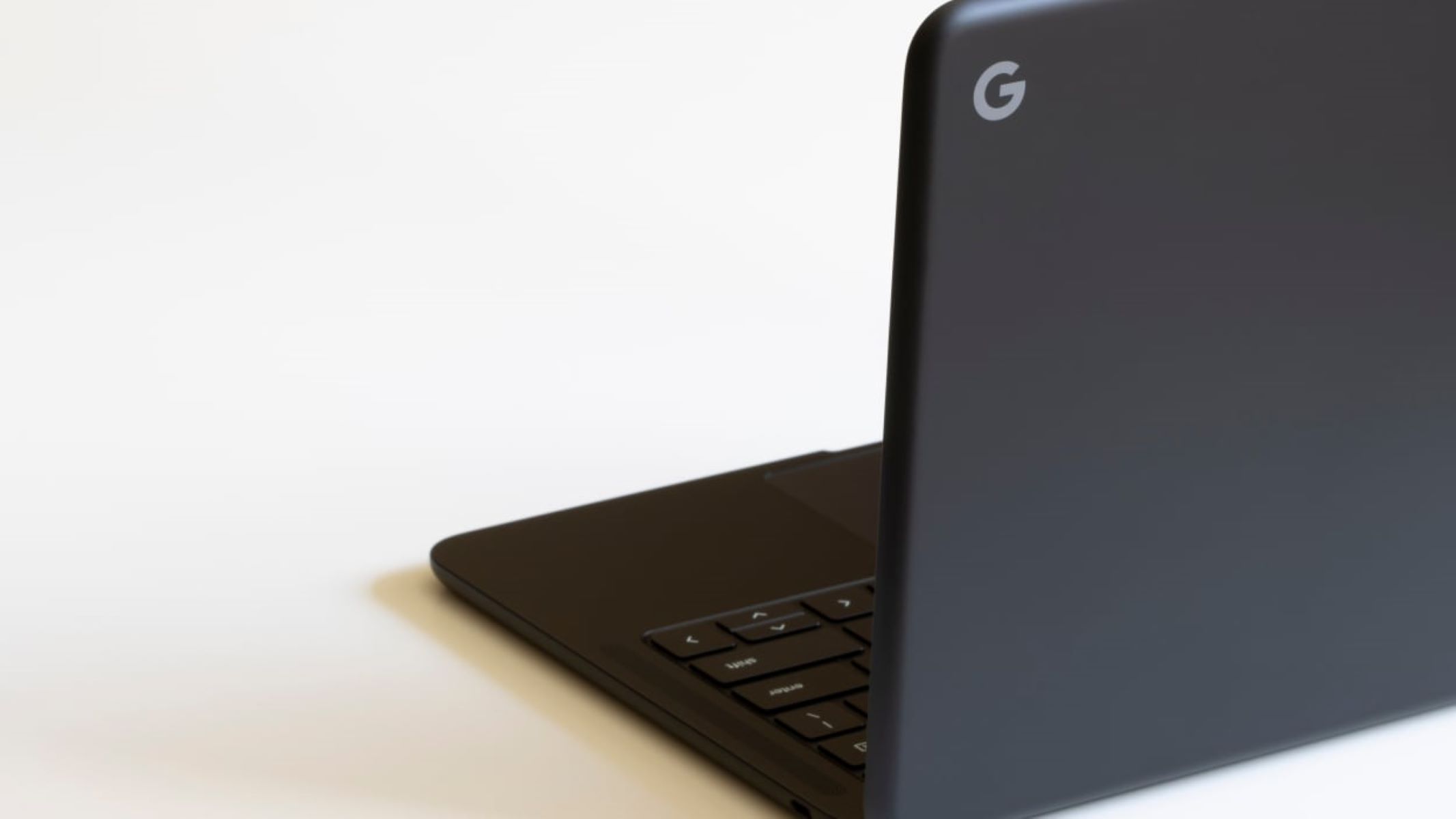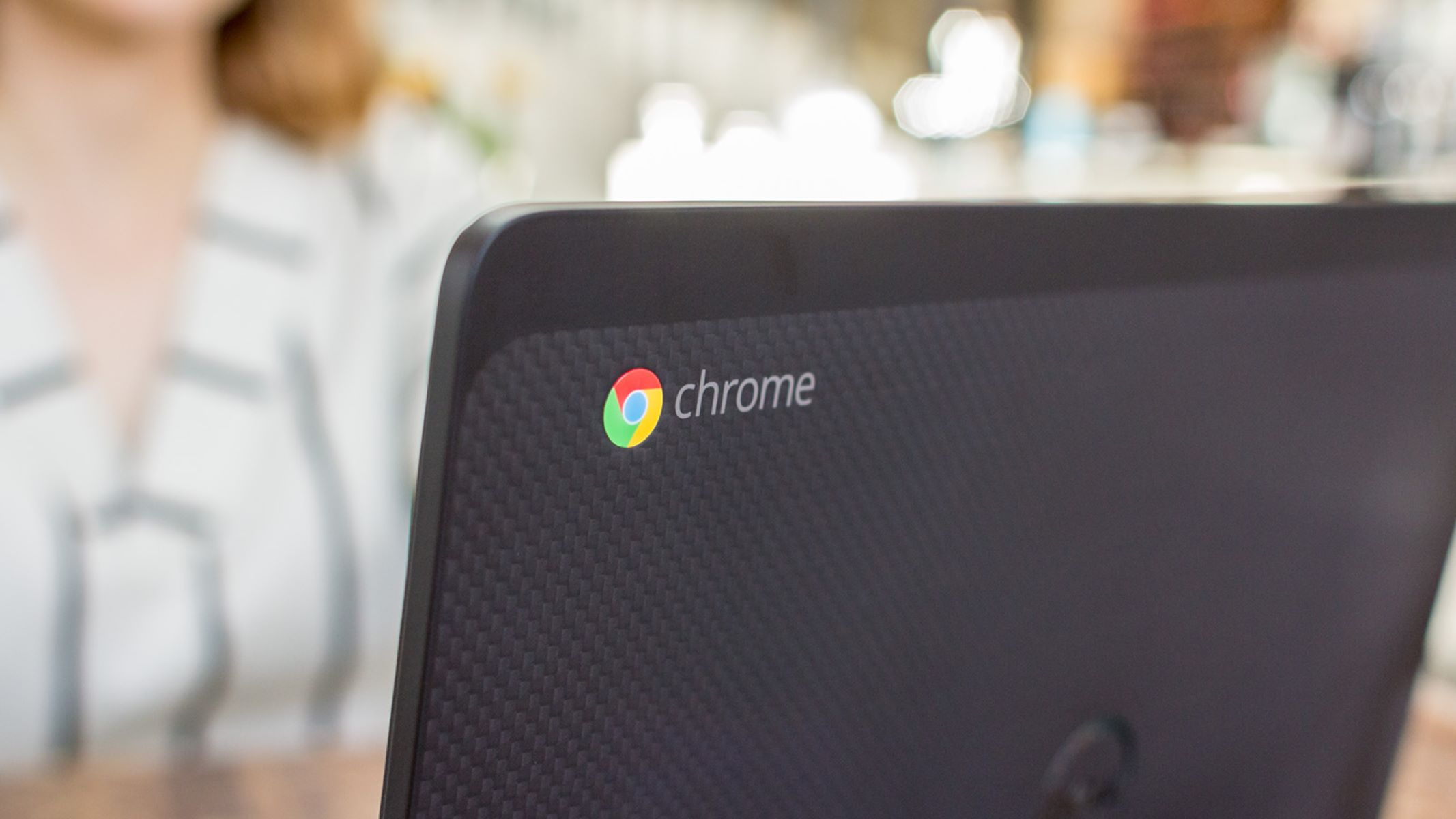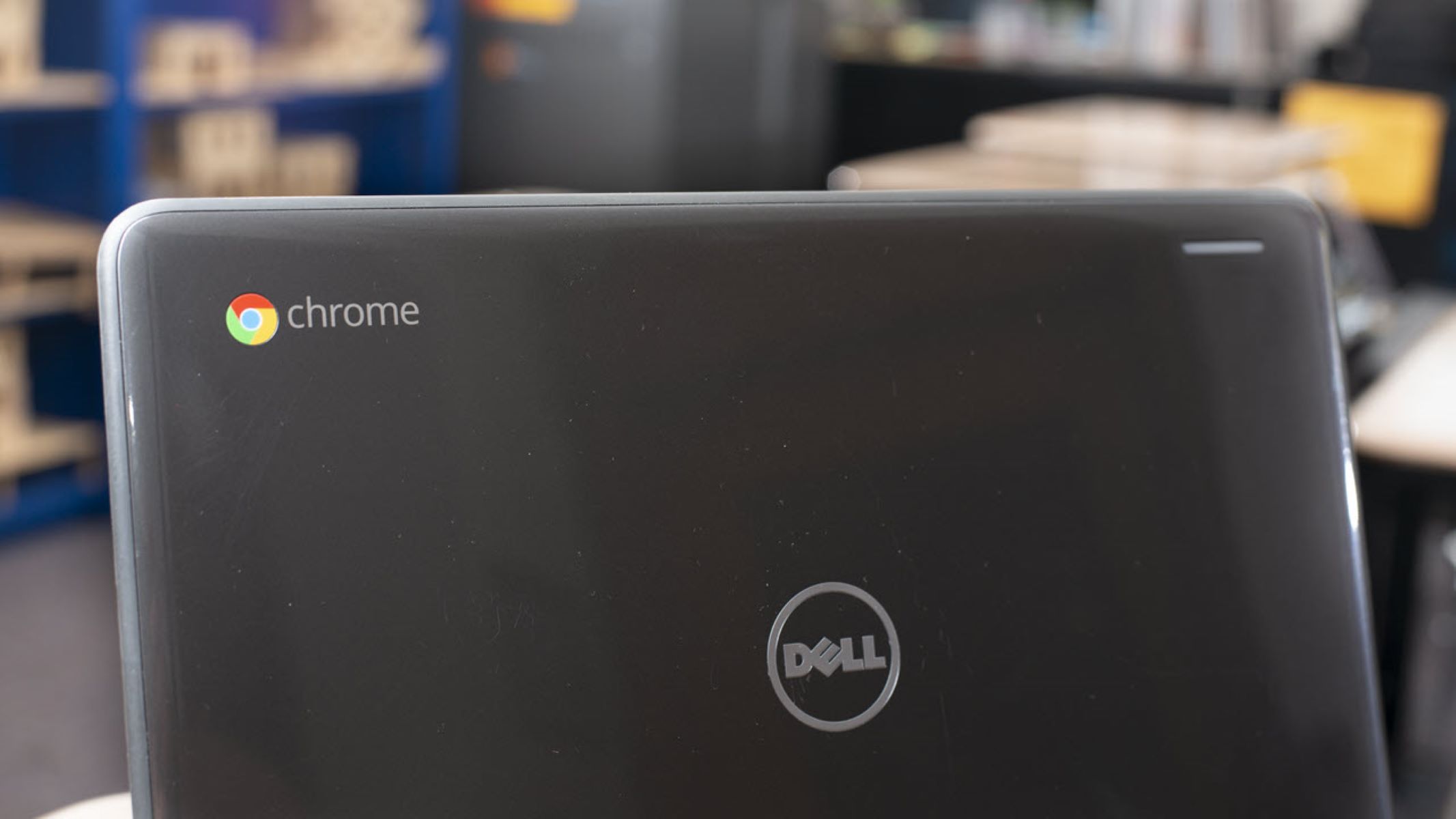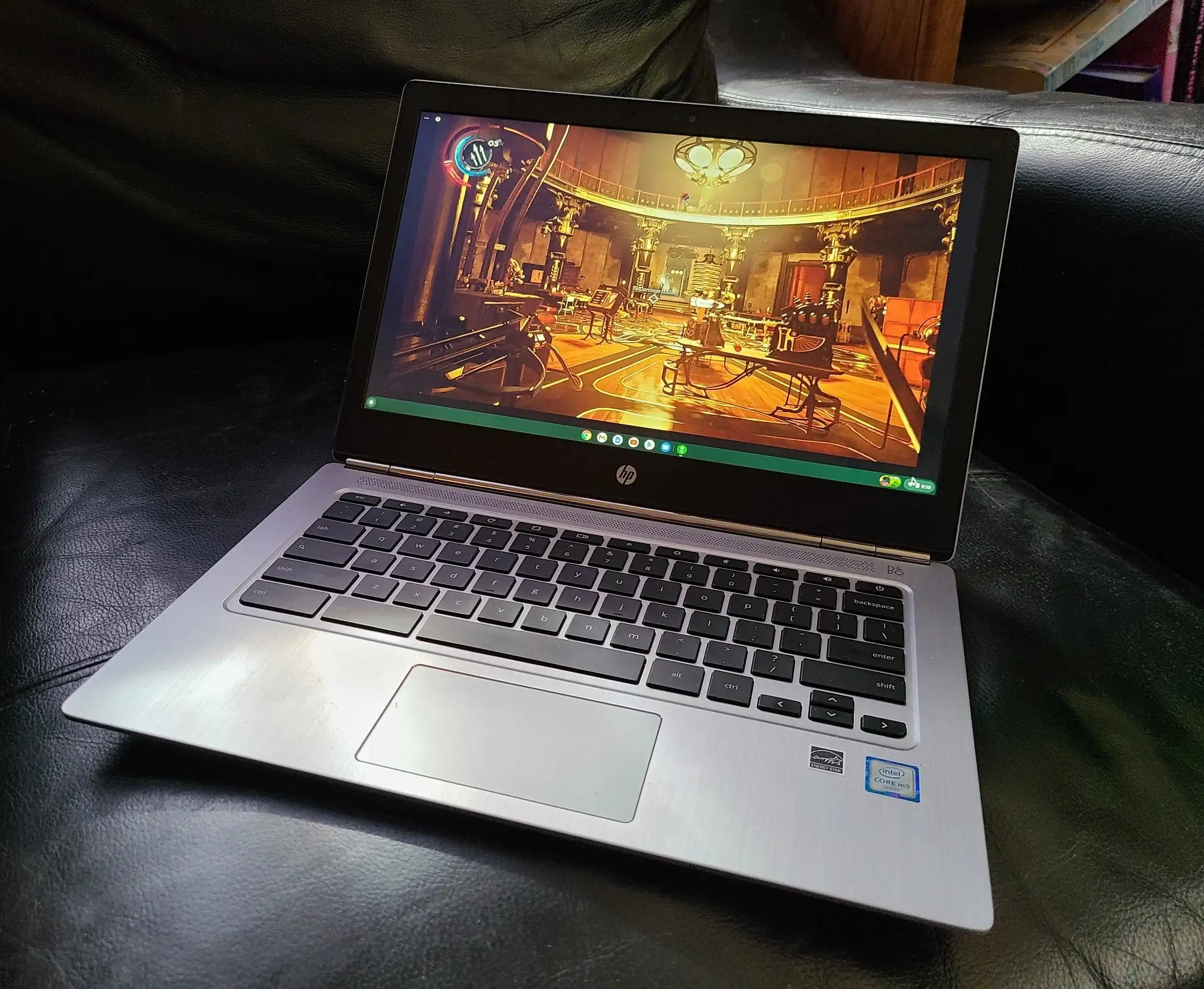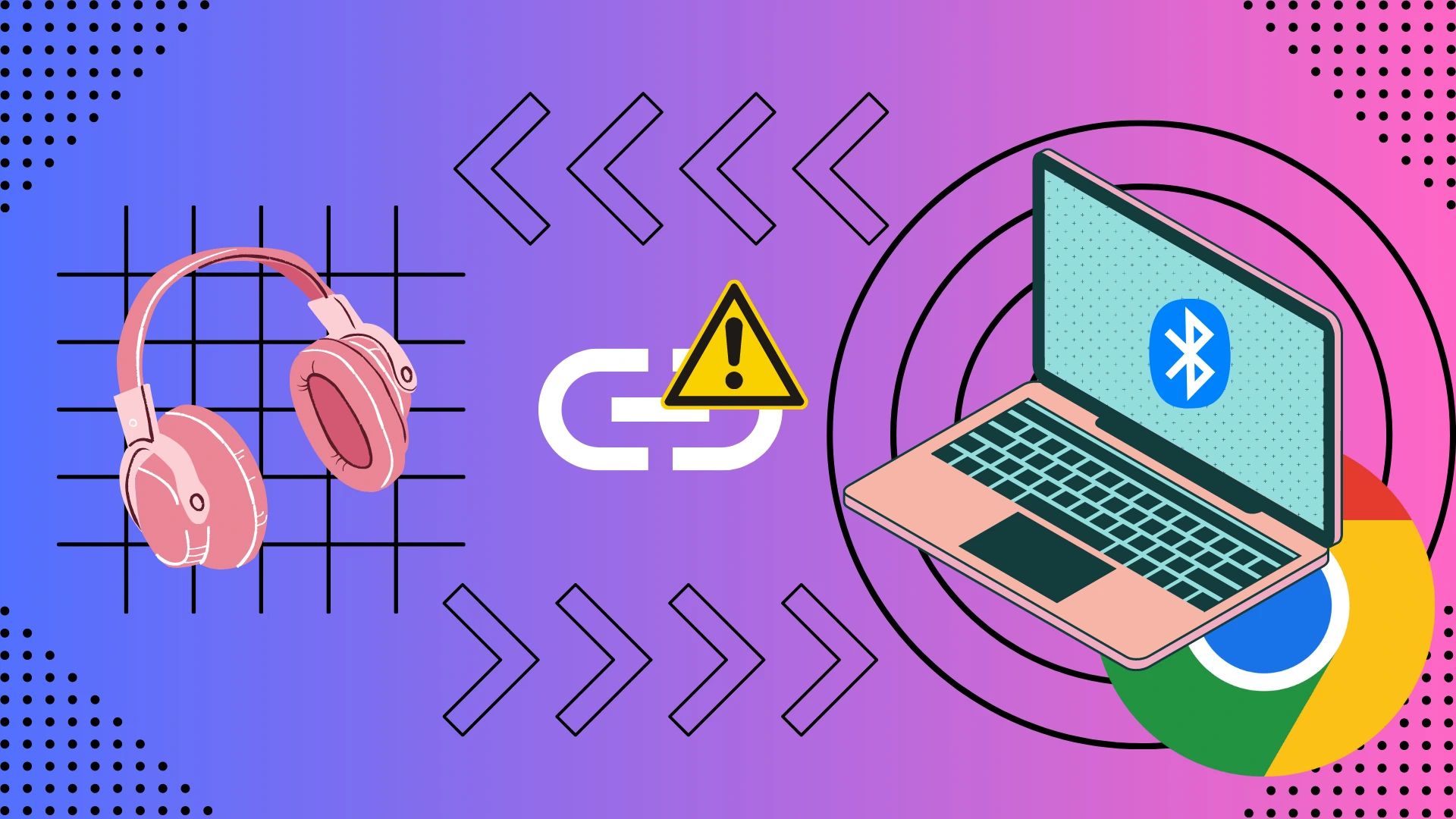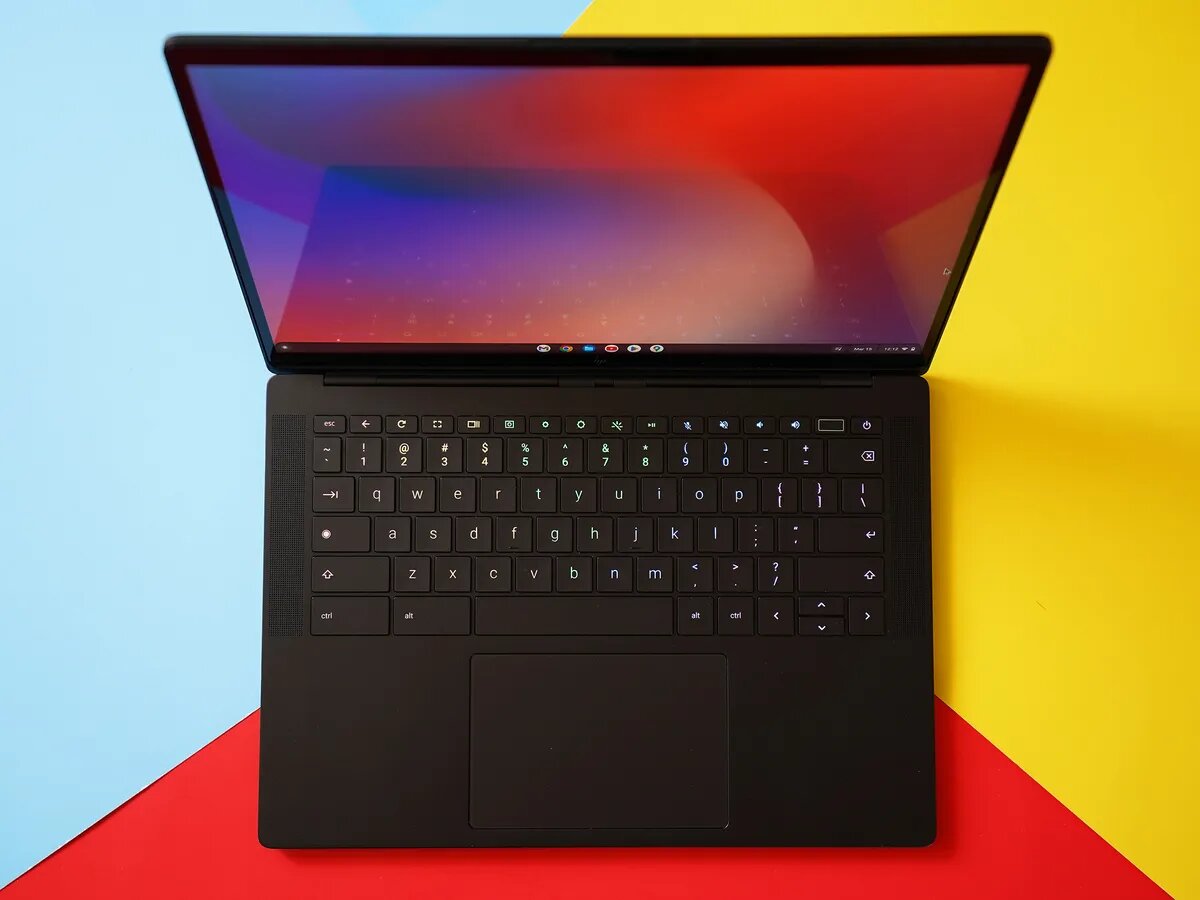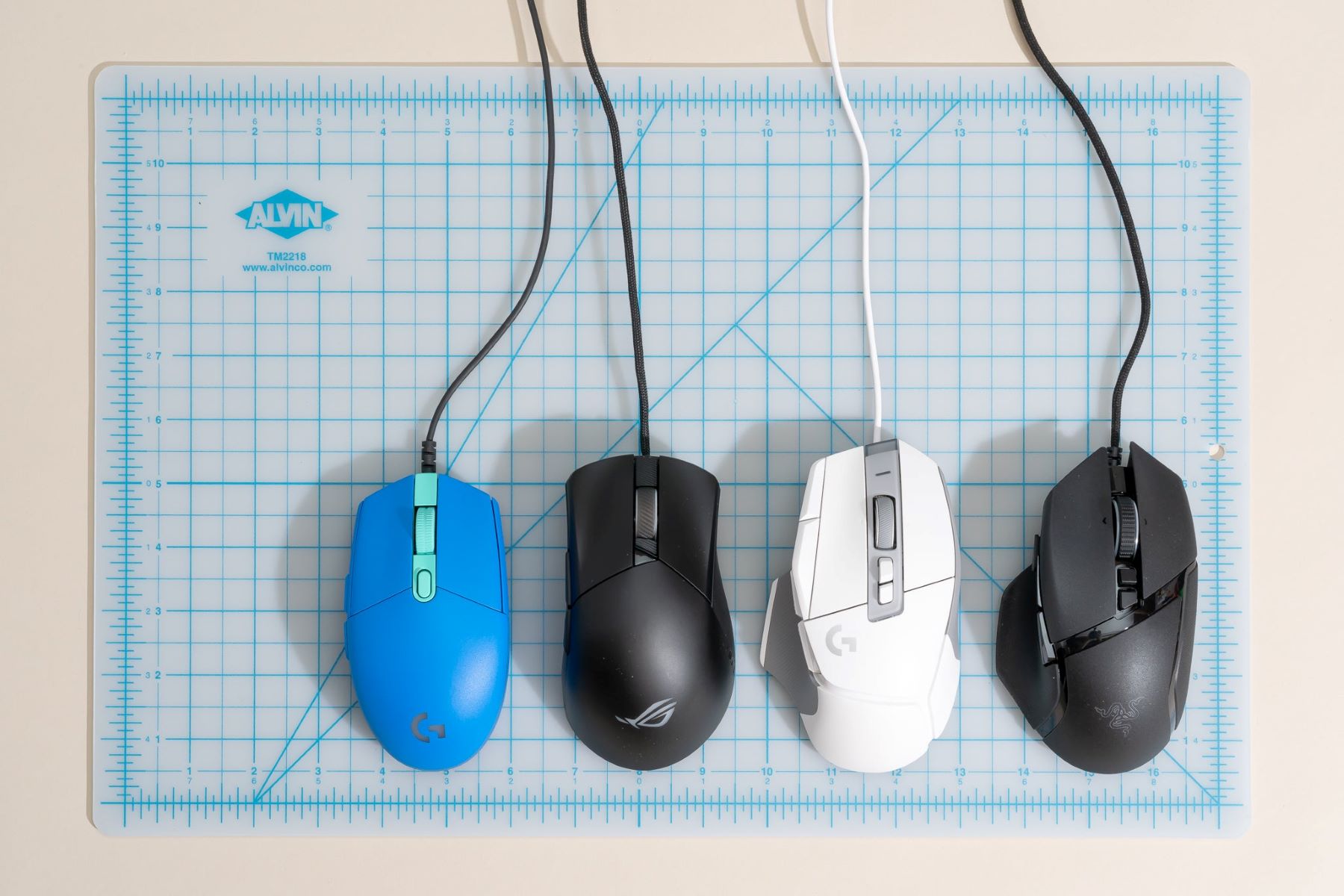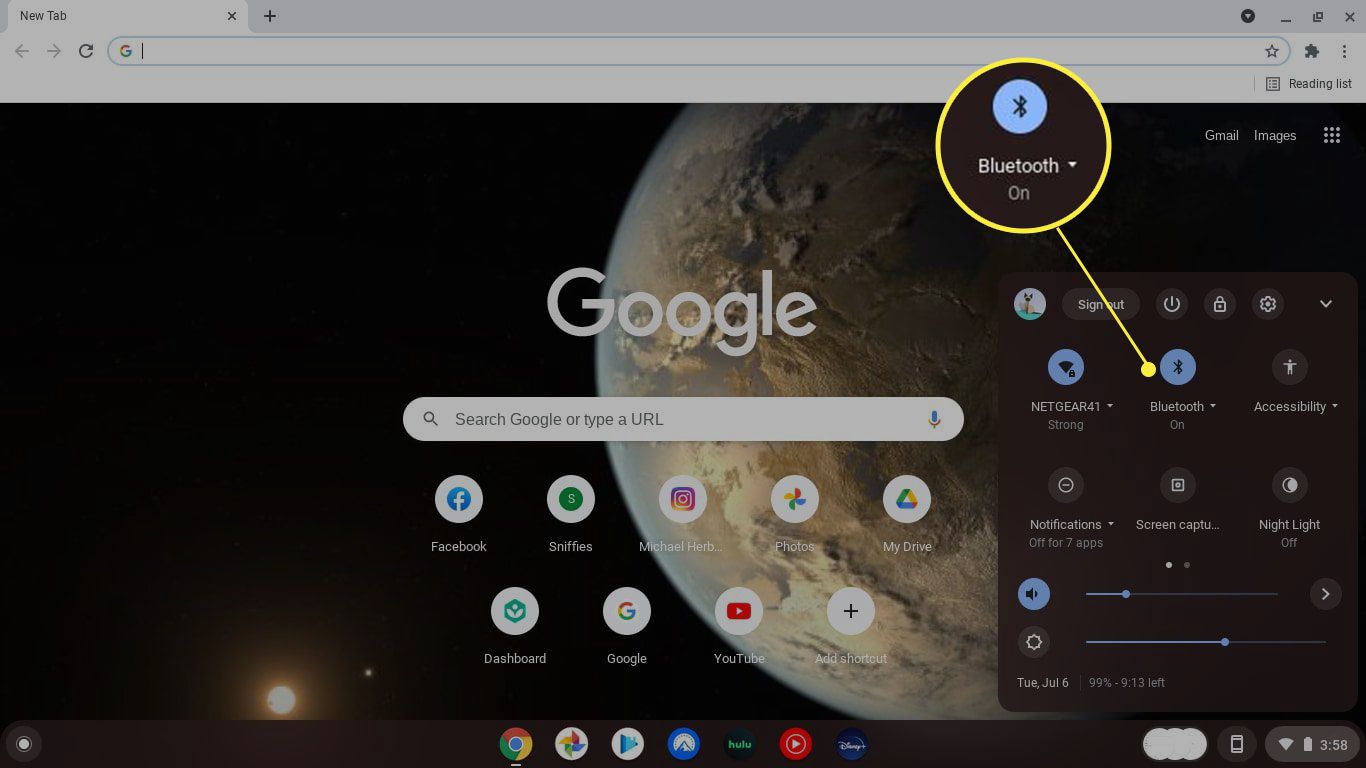Overview:
Chromebooks have gained popularity over the years for their ease of use, affordability, and seamless integration with Google services. However, like any electronic device, battery life can be a concern for Chromebook users. Fortunately, there are several tips and tricks you can implement to save battery power and extend your device’s usage time.
In this article, we will explore various methods to optimize and conserve battery life on your Chromebook. By following these steps, you can maximize your productivity and ensure that your Chromebook will last throughout the day, whether you are using it for work, school, or entertainment purposes.
We will cover a range of strategies, including adjusting display settings, managing browser extensions, closing unnecessary tabs and windows, limiting background processes, disabling unnecessary settings and features, enabling power-saving mode, optimizing app usage, utilizing offline functionality, regularly updating Chrome OS, and properly shutting down or putting your Chromebook to sleep.
Each of these techniques can make a significant impact on your Chromebook’s battery life, allowing you to get the most out of your device. By implementing these optimization methods, you can enjoy the convenience and portability of your Chromebook without worrying about its battery draining quickly.
So, whether you are a student, a professional, or just someone who loves to browse the web, read on to discover how you can save battery power and make your Chromebook last longer throughout the day.
Adjusting the display settings:
One of the most effective ways to conserve battery life on your Chromebook is by adjusting the display settings. The display consumes a significant amount of power, so making a few simple changes can go a long way in extending your device’s battery life.
Firstly, consider reducing the screen brightness. Lowering the brightness level not only saves battery power but also reduces eye strain. You can adjust the brightness by pressing the brightness keys on your Chromebook’s keyboard or accessing the system settings.
Another display setting that can help save battery is the screen timeout. This determines how long your Chromebook stays active before the screen turns off. By reducing the screen timeout duration, you can minimize the idle time and conserve battery power. To adjust the screen timeout, go to the system settings and look for the “Display” or “Power” options.
Additionally, disable any unnecessary visual effects or animations. While they may look appealing, these visual elements can consume power unnecessarily. Disabling or minimizing them can significantly contribute to battery savings. Look for options like “Visual Effects” or “Animations” in your system settings and make the necessary adjustments.
Lastly, consider changing your wallpaper to a static image instead of a dynamic or animated one. Dynamic wallpapers require more processing power and therefore consume more battery. Switching to a static image will have a minimal impact on battery usage.
By adjusting the display settings on your Chromebook, you can minimize the power consumption of the screen and make your battery last longer throughout the day. Experiment with different brightness levels, screen timeouts, and visual effects to find the optimal balance between power saving and usability.
Managing Chrome browser extensions:
While Chrome browser extensions offer a wide range of functionality and convenience, they can also contribute to increased power consumption on your Chromebook. Managing your extensions effectively can help conserve battery power and optimize your device’s performance.
Start by reviewing all the extensions installed on your Chrome browser. Look for any extensions that you no longer use or need. Uninstalling these unnecessary extensions not only declutters your browser but also reduces the strain on your Chromebook’s resources, resulting in improved battery life.
It’s also essential to be cautious when installing new extensions. Some extensions may run continuously in the background, consuming valuable battery power. Before installing a new extension, carefully read its description and reviews to ensure that it does not negatively impact your Chromebook’s battery life.
In addition, consider disabling or pausing extensions that you do not need in specific browsing sessions. Chrome provides the flexibility to enable or disable extensions on a per-session basis. You can do this by right-clicking on the extension icon in the browser toolbar and selecting the appropriate option.
Another useful tip is to regularly update your extensions. Extension updates often include bug fixes and optimizations that can improve performance and reduce power consumption. To keep your extensions up to date, go to the Chrome Web Store, click on “Extensions” on the left-hand side, and then enable the “Update extensions automatically” option.
Lastly, be cautious of resource-intensive extensions. Some extensions, particularly those that involve web scraping, data mining, or constant refreshing, can place a heavy burden on your Chromebook’s CPU and battery. Consider disabling or uninstalling extensions that consistently consume a significant amount of resources.
By effectively managing your Chrome browser extensions, you can minimize their impact on battery life and ensure that your Chromebook operates efficiently. Regularly reviewing and updating your extensions, as well as disabling or uninstalling unnecessary or resource-intensive ones, will contribute to improved battery performance.
Closing unnecessary tabs and windows:
Having multiple tabs and windows open simultaneously on your Chromebook can significantly impact battery life. Each tab and window requires resources to run, including memory and processing power. Therefore, it is crucial to practice good tab management habits and close unnecessary tabs and windows to conserve battery power.
Start by evaluating your open tabs and identify any that you no longer need. Close these tabs by clicking on the ‘X’ icon on the tab or using the keyboard shortcut Ctrl+W (Command+W on Mac). It’s easy to accumulate numerous tabs throughout a browsing session, so regularly evaluating and closing irrelevant tabs is essential.
If you have many tabs open, using a tab management extension can be helpful. These extensions allow you to organize and group tabs, making it easier to navigate between them. You can also temporarily suspend tabs that you are not actively using, which helps reduce their impact on CPU and memory usage, ultimately saving battery power.
Another technique is to utilize Chrome’s built-in feature called ‘Tab Discarding.’ This feature automatically discards tabs that have been inactive for a while, freeing up system resources. To enable this feature, type “chrome://flags” in the address bar, search for ‘Tab Discarding,’ and set it to ‘Enabled.’ However, be aware that this feature may cause tabs to reload when you switch back to them, so it’s important to weigh the trade-off between battery savings and convenience.
In addition to closing unnecessary tabs, consider closing unused browser windows as well. Each open window consumes system resources, and closing them when not in use can help conserve battery power.
Lastly, consider utilizing Chrome’s ‘Pin Tab’ feature. Pinning tabs not only helps you stay organized but also reduces the memory and processing power required for those tabs. Right-click on a tab and select ‘Pin tab’ or use the keyboard shortcut Ctrl+Shift+D (Command+Shift+D on Mac) to pin a tab. Pinned tabs are smaller and use fewer resources, contributing to improved battery life.
By practicing good tab management habits, closing unnecessary tabs and windows, utilizing tab management extensions, and taking advantage of features like ‘Tab Discarding’ and ‘Pin Tab,’ you can optimize your Chromebook’s battery life and ensure that your device operates efficiently.
Limiting background processes:
Background processes running on your Chromebook can consume valuable system resources and drain your battery faster. By limiting these processes, you can significantly improve your device’s battery life and overall performance.
One way to manage background processes is by closing unnecessary apps or programs running in the background. Check the taskbar or system tray for any applications that you no longer need and close them. To do this, right-click on the app icon and select “Close” or “Exit.”
Another effective method is to disable or restrict certain apps from running in the background. To do this, go to the system settings and look for the “App Permissions” or “Background Apps” section. From there, you can review the list of apps that have permission to run in the background and disable those that are not essential.
In addition to individual apps, Chrome also allows you to manage system-level background processes. Go to the system settings, then click on “System” and navigate to the “Accessibility” section. Here, you can turn off features like “Continue running background apps when Google Chrome is closed” to minimize the number of processes running in the background.
Furthermore, consider disabling unwanted Chrome extensions or plugins that may be running background processes. Some extensions and plugins are designed to regularly update or sync data, which can drain your battery. Go to the Chrome browser settings, click on “Extensions” or “Plugins,” and remove or disable any that are not necessary.
It is also worth noting that some websites use notifications, push services, or background tabs to provide real-time updates. While these features can be convenient, they consume resources and impact battery life. To manage these website permissions, click on the lock icon next to the website’s URL in the address bar and adjust the settings accordingly.
By actively managing and limiting background processes on your Chromebook, you can optimize battery usage and ensure that your device performs efficiently. Remember to close unnecessary apps, disable or restrict background app and system processes, and review and disable unwanted extensions or plugins. These steps will help conserve battery power and enhance your Chromebook experience.
Disabling unnecessary settings and features:
Disabling unnecessary settings and features on your Chromebook can significantly improve battery life by reducing the strain on system resources. By customizing your device’s settings, you can ensure that only essential features are enabled, optimizing both performance and battery usage.
Start by reviewing the Chrome OS settings and disabling any functionalities or features that you do not use regularly. Some examples include location services, Bluetooth, and NFC (Near Field Communication). These features are not always needed and can consume power when enabled. Go to the system settings, click on “Privacy and security” or “Connected devices,” and disable these options accordingly.
Another setting to consider is automatic syncing. While syncing can be convenient for accessing your data across devices, it can be a drain on your Chromebook’s battery. Assess whether you need to have all data synced continuously, or if you can set it to sync manually or on a schedule. To adjust sync settings, go to the Chrome OS settings, click on “Accounts,” then “Sync and Google services.”
Additionally, disable any unnecessary notifications or alerts that can contribute to battery drain. Notifications require processor activity, and constantly receiving them can impact battery life. Review your notification settings and customize them based on your needs. Go to the Chrome OS settings, click on “Notifications,” and toggle off notifications for apps or services that are not critical.
Furthermore, consider disabling unnecessary network options, such as Wi-Fi or cellular data, when not in use. Constantly searching and connecting to networks can consume power, even when you are not actively using them. Toggle off Wi-Fi or put your Chromebook in airplane mode when you are working offline or do not require an internet connection.
If you primarily use your Chromebook for specific tasks, such as writing or coding, consider enabling ‘Guest mode’ or ‘Incognito mode.’ These modes disable certain features and functionalities that are not essential for your tasks, ensuring that system resources are dedicated to what you need and improving battery life.
Lastly, adjust your screen resolution if needed. Higher screen resolutions require more processing power, which can impact battery life. If you find that your battery drains quickly, consider lowering the screen resolution to conserve power. To adjust the screen resolution, go to the Chrome OS settings, click on “Display,” and select a lower resolution option.
By disabling unnecessary settings and features on your Chromebook, you can optimize battery usage and make the most of your device’s performance. Review and customize settings related to location services, automatic syncing, notifications, network options, and screen resolution. These adjustments will contribute to improved battery life and a more efficient Chromebook experience.
Enabling power saving mode:
Enabling power saving mode on your Chromebook is a straightforward yet effective way to maximize battery life. Power saving mode automatically adjusts various settings to reduce power consumption, prolonging the time you can use your device on a single charge.
To enable power saving mode, click on the system tray in the bottom right corner of your screen, then click on the battery icon. From there, select the power saving mode option. Alternatively, you can access the power settings directly by going to the system settings and clicking on “Power.”
When power saving mode is activated, your Chromebook will adjust several settings to conserve energy. These adjustments include reducing screen brightness, optimizing CPU performance, limiting background processes, and optimizing system resources. While these modifications might slightly affect performance and visual aesthetics, they greatly extend battery life without compromising functionality.
While power saving mode is active, your Chromebook may also automatically pause or suspend certain operations, such as downloads or file syncing, to prioritize battery conservation. This ensures that your device focuses on essential tasks and minimizes power usage for non-essential activities.
Keep in mind that power saving mode is not intended for continuous or long-term usage. It is best utilized when you need to squeeze out extra battery life during critical moments or when you’re unable to access a power source for an extended period. Once you have access to power again, it is advisable to disable power saving mode to return your Chromebook to its standard performance settings.
If you prefer to customize power-saving options instead of using the default power saving mode, Chrome OS offers the flexibility to adjust individual power settings. From the power settings menu, you can modify preferences such as screen timeout, system sleep mode, and when to automatically turn off the display. Tweak these options according to your usage patterns and priorities to strike a balance between saving power and meeting your specific needs.
By enabling power saving mode or customizing power settings on your Chromebook, you can maximize battery life and extend the usability of your device when access to a power source is limited. It is a convenient feature for on-the-go users, ensuring that your Chromebook lasts longer and remains functional throughout the day.
Optimizing app usage:
The apps you use on your Chromebook can have a significant impact on its battery life. By optimizing app usage, you can conserve power and ensure that your device’s battery lasts longer. Here are some tips to help you optimize app usage on your Chromebook.
Firstly, be mindful of the number of apps you have installed. Having numerous apps can take up valuable storage space, consume system resources, and drain your battery. Take the time to evaluate your installed apps and uninstall any that you no longer need or use regularly.
Another factor to consider is the type of apps you use. Some apps, particularly those that require heavy processing power or constant internet connectivity, can be more power-hungry than others. When possible, opt for lightweight and optimized apps that prioritize efficiency and battery conservation.
Additionally, be aware of apps running in the background. Apps that continue to run when you’re not actively using them still consume system resources and drain battery power. Make it a habit to close unused apps completely by clicking on the ‘X’ icon or using the keyboard shortcut Alt+Tab to switch between open apps and close them.
Furthermore, consider utilizing web versions of apps instead of their dedicated Chromebook apps or extensions. Web apps accessed through the Chrome browser often consume less power than their standalone counterparts. Instead of installing a separate app, check if the web version of the app meets your needs.
Syncing is another aspect to keep in mind. Some apps automatically sync data in the background, which can drain battery power. Determine if continuous syncing is necessary, and adjust the settings accordingly. You can disable auto-syncing or set it to sync at longer intervals to conserve power.
When multitasking with multiple apps, be mindful of the resources each app consumes. Running intensive apps simultaneously can put a strain on your Chromebook’s CPU and battery. Prioritize the apps you need, and close any unnecessary apps to optimize performance and battery life.
Lastly, keep your apps and Chrome OS updated. Developers regularly release updates that can include performance optimizations and bug fixes, which may improve app efficiency and reduce battery consumption. Ensure that your apps and Chrome OS are up to date by regularly checking for updates in the Google Play Store or the Chrome OS settings.
By optimizing app usage on your Chromebook, you can extend battery life and enhance the overall performance of your device. Evaluate your app usage, choose lightweight and optimized apps, close unused apps, consider web versions of apps, manage syncing settings, prioritize resource usage while multitasking, and keep your apps and system updated. These strategies will help you get the most out of your Chromebook’s battery.
Using offline functionality:
One of the advantages of using a Chromebook is its ability to work offline, even when an internet connection isn’t available. By utilizing offline functionality, you can reduce dependency on continuous internet access and conserve battery power. Here are some tips to make the most of offline capabilities on your Chromebook.
Firstly, make sure you have offline-enabled apps installed on your device. Many popular apps, such as Google Docs, Sheets, and Slides, offer offline capabilities. By enabling offline access in these apps, you can continue working on your documents, spreadsheets, and presentations even when you’re offline. To enable offline access, open the app, go to the settings, and look for the offline or offline access option.
Another useful offline feature is the ability to save web pages for offline reading. Google Chrome allows you to download web pages and access them later without an internet connection. To save a web page, open it in Chrome, click on the three-dot menu in the top-right corner, and select “Download” or “Save Page As.” This feature is especially handy when you want to reference articles, tutorials, or other online content while offline.
Furthermore, take advantage of offline media capabilities. Apps like Google Play Movies, Google Play Music, and Spotify allow you to download movies, music, and podcasts, respectively, to enjoy offline. By downloading your favorite content ahead of time, you can listen to or watch them without draining your battery on continuous streaming.
When working offline, be mindful of your device’s power management settings. Chrome OS includes power-saving features that automatically optimize resources for offline usage. These features can help extend battery life and ensure that your device operates efficiently while you’re offline. However, it’s still a good practice to conserve power by adjusting screen brightness, closing unnecessary apps, and managing other power settings manually.
Lastly, periodically connect your Chromebook to the internet to allow for syncing, updates, and backups. While offline functionality is beneficial, it’s essential to connect your device to the internet when possible to ensure that your apps, files, and system stay up to date. This will also allow your Chromebook to synchronize data across devices and perform necessary backups to keep your information safe.
By utilizing the offline functionality of your Chromebook, you can work, enjoy media, and browse the web without the need for a constant internet connection. Download offline-enabled apps, save web pages for offline reading, store media for offline enjoyment, and optimize your device’s power settings. These strategies will not only extend your Chromebook’s battery life but also provide you with a seamless offline experience.
Regularly updating Chrome OS:
Keeping your Chrome OS up to date is crucial for ensuring optimal performance, security, and battery efficiency on your Chromebook. Regular updates from Google include bug fixes, performance improvements, and power management enhancements. By regularly updating your Chrome OS, you can enjoy longer battery life and a smoother user experience. Here’s why and how to update your Chrome OS.
Firstly, updates often address software bugs and glitches that can impact system stability and battery usage. These updates not only improve the overall performance of your Chromebook but also optimize power management algorithms to maximize battery efficiency. By downloading and installing the latest updates, you can benefit from the ongoing improvements made by Google’s development team.
Chrome OS updates also bring security patches and fixes that protect your device from potential vulnerabilities. As cyber threats evolve, it’s essential to keep your operating system up to date to defend against new security risks. Regularly updating Chrome OS ensures that your Chromebook remains secure and less susceptible to malware, viruses, and other cyberattacks.
Updating Chrome OS is simple and straightforward. When an update is available, you’ll see a notification in the system tray displaying a small arrow pointing upward. Click on the notification, and then select “Restart to Update” or “Update.” Your Chromebook will restart and automatically apply the update. Make sure to save any unsaved work before initiating the update.
In addition to manual updates, you can enable automatic updates for Chrome OS. Automatic updates ensure that your Chromebook receives the latest updates without any manual intervention. To enable automatic updates, go to the system settings, click on “About Chrome OS,” then click on “Additional details.” From there, click on “Change Channel,” and select the option for automatic updates. This will ensure that your Chromebook stays up to date automatically.
It’s worth noting that updates may require a restart, so it’s a good practice to periodically check for available updates and restart your Chromebook if necessary. Restarting your device after an update ensures that all changes are applied correctly, optimizing battery performance and overall system stability.
By regularly updating your Chrome OS, you can take advantage of performance enhancements, security patches, and power management optimizations. Stay on top of software updates by manually checking for updates or enabling automatic updates. By doing so, you’ll enjoy improved battery life, enhanced security, and a more streamlined experience on your Chromebook.
Properly shutting down or putting your Chromebook to sleep:
Properly shutting down or putting your Chromebook to sleep is essential not only for device longevity but also for conserving battery power. Implementing the correct shutdown and sleep procedures ensures that your Chromebook operates efficiently and maximizes its battery life. Here’s why and how to properly shut down or put your Chromebook to sleep.
When you’re done using your Chromebook for an extended period, it’s important to shut it down rather than leaving it in sleep mode. Shutting down completely powers off your device, preventing unnecessary background activities and saving battery power. It also allows your Chromebook to start fresh when you power it on again, contributing to better performance and stability.
To shut down your Chromebook, click on the system tray in the bottom right corner of the screen and then click on the power icon. From there, select “Shut down” to turn off your device. It’s important to wait until the screen turns completely black before closing the lid or disconnecting the power source to ensure the shutdown process is complete.
Putting your Chromebook to sleep is a convenient option when you plan to resume your work or activities shortly. Sleep mode allows your Chromebook to quickly wake up, retaining your current state and saving battery power in the process. However, it’s important to note that your Chromebook will continue to consume some battery power while in sleep mode.
To put your Chromebook to sleep, simply close the lid or press the power button briefly. The Chromebook will enter sleep mode, indicated by a pulsating power LED or screen turning off. When you’re ready to use your Chromebook again, open the lid or press the power button, and your device will quickly resume where you left off.
It’s worth mentioning that if you plan to leave your Chromebook in sleep mode for an extended period without access to a power source, it’s advisable to shut it down instead. This ensures that your device does not drain the battery unnecessarily and preserves its charge for when you need it.
Furthermore, it’s important to properly shut down or put your Chromebook to sleep before transporting it or storing it for an extended period. This precaution prevents accidental power drain, overheating, and potential damage to the device.
By properly shutting down or putting your Chromebook to sleep, you can conserve battery power and maintain device health. Use the shutdown option when you’re done using your Chromebook for a while, and put it to sleep when you plan to resume shortly. These steps will help extend your battery life, protect your device, and ensure a seamless and efficient experience with your Chromebook.







